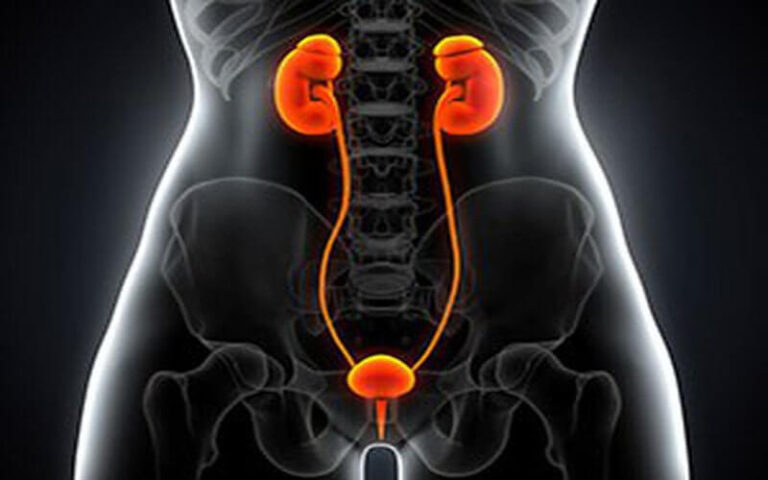Radiology of the urinary tract by injection by IVP, a name for intravenous pylugram, is an X-ray of the kidneys, urethria and bladder that uses iodized contrast agents injected into veins.
X-ray shooting helps doctors create images from inside the body using a small dose of X-ray radiation. The use of X-rays and radiology is the oldest and most common form
of medical imaging
.
In general, the reason for the injection of contrast agent and radiology photography by injection is that, when the contrast agent is injected into the vein of the patient’s arm, this contrast agent passes through the bloodstream and accumulates in the kidneys and urinary tract, and in X-ray images, these areas are seen bright white, allowing the radiologist to anatomy and function of the kidneys, urethria. and observe and evaluate the bladder.
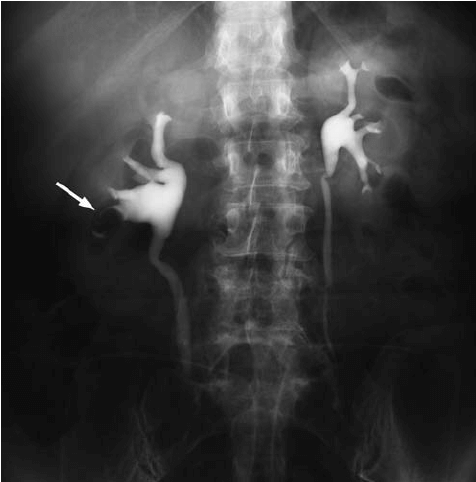
What are some common uses of urinary tract radiology by injection?
Urinary tract radiology helps radiologists to assess abnormalities in the patient’s urinary system by injecting or examining the intravenous pilotgram. Also, through this scan, the doctor can find out how quickly and efficiently the patient’s kidney and urinary tract system can manage liquid waste.
Urinary tract radiology is used by injection to help diagnose symptoms such as blood in the urine or pain on the side or back. An IVP examination can help the radiologist diagnose problems in the urinary tract caused by:
• Kidney stones
• Bulky and enlarged prostate
• Tumors in the kidney, uretery or bladder
• Scarring caused by urinary tract infection
• Surgery in the urinary tract
• Congenital urinary tract abnormalities
How do I prepare for a radiology scan of the urinary tract by injection?
Have a low-volume, light diet for all meals the day before the scan (do not consume raw fruits and vegetables, whole wheat bread, cereals, beef, fried or fatty foods, dairy, sugary desserts or nuts.)
You will probably be prescribed to stop eating or drinking fluids after the night before the scan. You may also be asked to take a specific pill the night before the scan. Tell your doctor about all the medications you are taking. Mention any allergies especially to iodine contrast substances. Tell your doctor about recent illnesses or other medical conditions.
You may need to change your clothes by injecting your urine to scan the radiology of the urinary tract. Do not bring jewelry, removable dental devices, glasses, and any metal objects or clothing that may interfere with X-ray images.
Women should always inform their doctor and technician if they are pregnant. Doctors do not perform many tests during pregnancy to prevent the fetus from being exposed to radiation. If you need an X-ray, your doctor will take precautions to minimize exposure to radiation in the child.
How is the radiology scan of the urinary tract by injection (IVP)?
Your doctor will probably do this scan on an outpatient basis. At first, he was lying on the bed of a radiology device. The contrast material is then injected into the vein of your arm, followed by radiology imaging. The number of images taken will depend on the reason for your scan and anatomy.
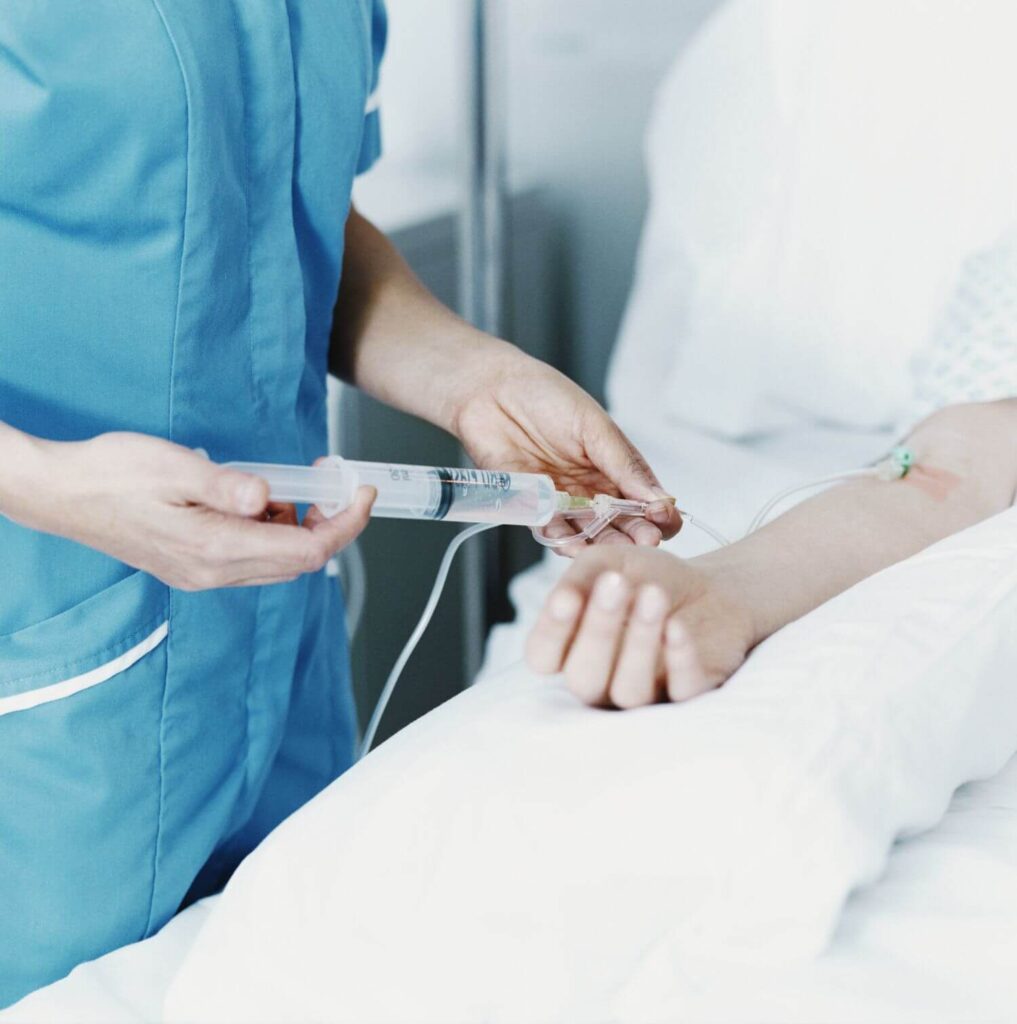
You must remain completely motionless during shooting and you may need to hold your breath for a few seconds. This helps reduce the likelihood of blurring images. The radiology expert is placed behind a separate lead wall or room next to the device during shooting.
As contrast agent is absorbed by the kidneys, a series of images are taken to determine the actual size of the kidneys and imaging the urethra when the urine drain begins. When the shooting is over, the technician or radiology expert may ask you to wait for the photos to be checked so that the shooting operation can be repeated again in case of a problem. The IVP scan is usually complete within an hour. However, since some kidneys work at a slower rate, radiology scans of the urinary tract by injection may take up to four hours.
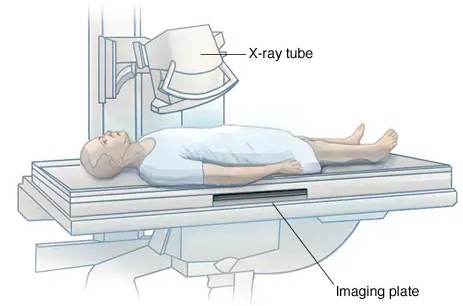
What happens after radiology of urinary tract by injection?
Radiology of the urinary tract by injection is usually a relatively convenient procedure. When the contrast agent is injected into your arm through a small needle, you will feel a slight burning sensation. Some patients experience heat, mild itching and metallic taste in their mouths by starting to circulate throughout the body. These common side effects usually disappear within a minute or two and are harmless.
Rarely, some patients experience an allergic reaction. Itching that persists or is associated with hives can be easily treated with medication. In very rare cases, the patient may develop shortness of breath or swelling in the throat or other parts of the body. These can be signs of a more serious reaction to contrast that needs to be treated quickly. If you experience these symptoms, tell your doctor immediately.
During the imaging process, you may be asked to rotate from side to side and be in several different positions so that the radiologist can take different views of the urinary tract. Towards the end of the shooting, you may be asked to drain your bladder so that an additional radiology photo is taken of your bladder after the bladder is drained. The contrast agent used for IVP scans does not cause urine discoloration or discomfort when urinating.
What are the benefits and risks of radiology of urinary tract by injection?
Advantages:
- Imaging of the urinary tract by IVP method is a low-invasive procedure.
- IVP images provide valuable and accurate information to help doctors diagnose and treat urinary tract diseases ranging from kidney stones to cancer.
- IVP urinary tract imaging can often provide adequate information about kidney stones and urinary tract obstructions for direct treatment with medication and avoid more invasive surgical procedures.
- After X-ray scans, there is no radiation left in your body.
- X-rays usually do not have side effects within the normal diagnostic range for this scan.
Risks:
- There is always a small chance of developing cancer due to excessive exposure to radiation. However, due to the small amount of radiation used in medical imaging, the benefits of accurate diagnosis far outweigh the risks.
- Contrast substances used in IVP studies can cause adverse allergic reactions in some people who sometimes require medical treatment.
- For pregnant women, exposure to X-rays may be somewhat risky for the fetus.
Samples of radiology images of urinary tract by injection by IVP method:
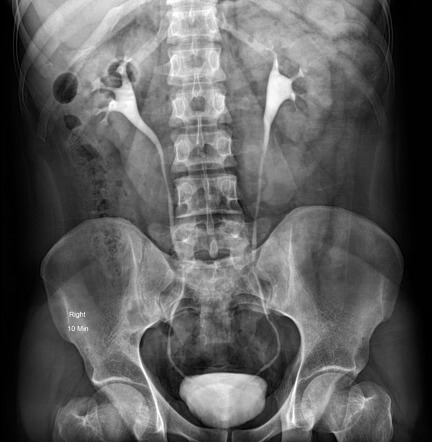
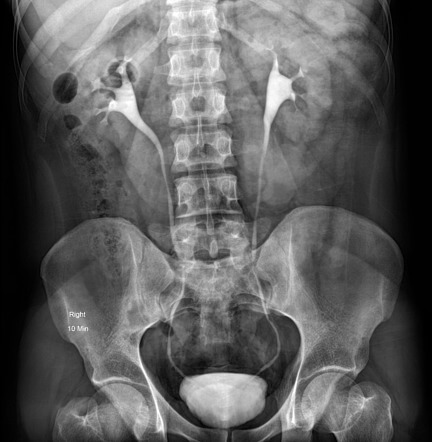
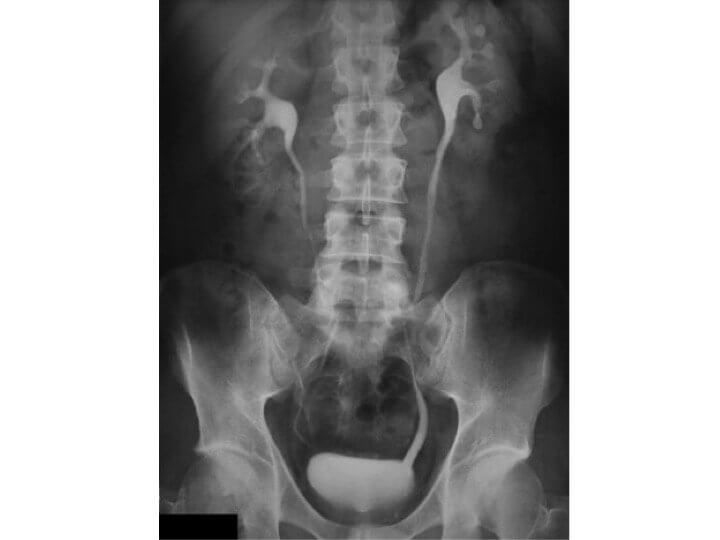
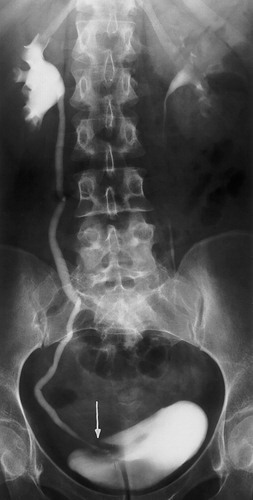
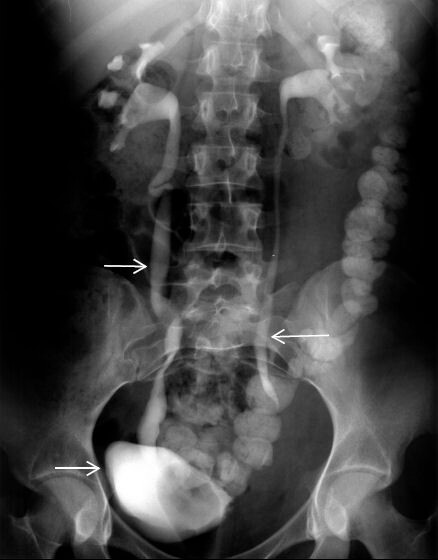
Final word on urinary tract radiology and urinary tract radiology
Urinary tract radiology is one of the best diagnostic imaging methods for evaluation of kidneys, bladder and urinary tract. This scan is a procedure with injections. Keep in mind that if you want to go to the radiology center for a radiology scan of the urinary tract, be sure to have one with you. Try to take a turn in the radiology of the urinary tract from the nearest radiology center.
To do this, you can easily book a turn from the nearest
radiology
center through a medical scan. In the scan of medicine, you can find out exactly how to do urinary tract radiology, take a radiology scan of the urinary tract and see the radiology response of your urinary tract.

